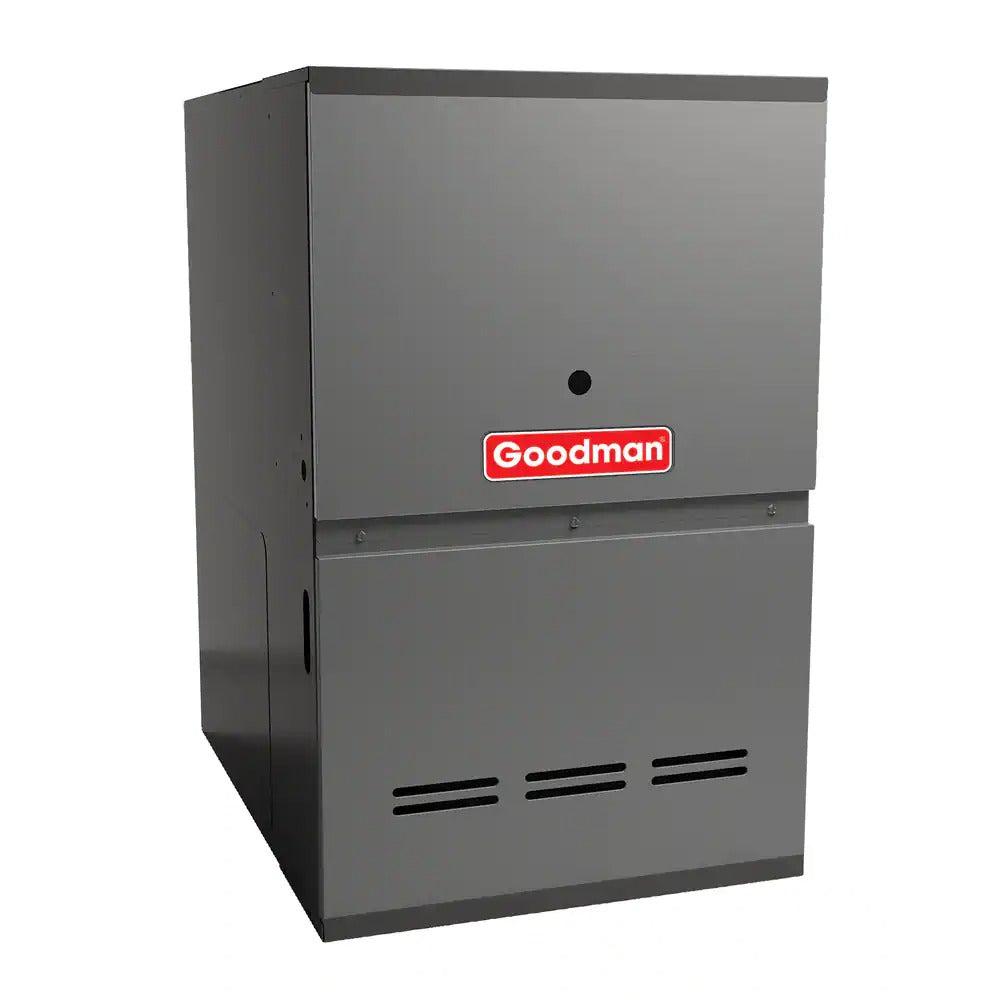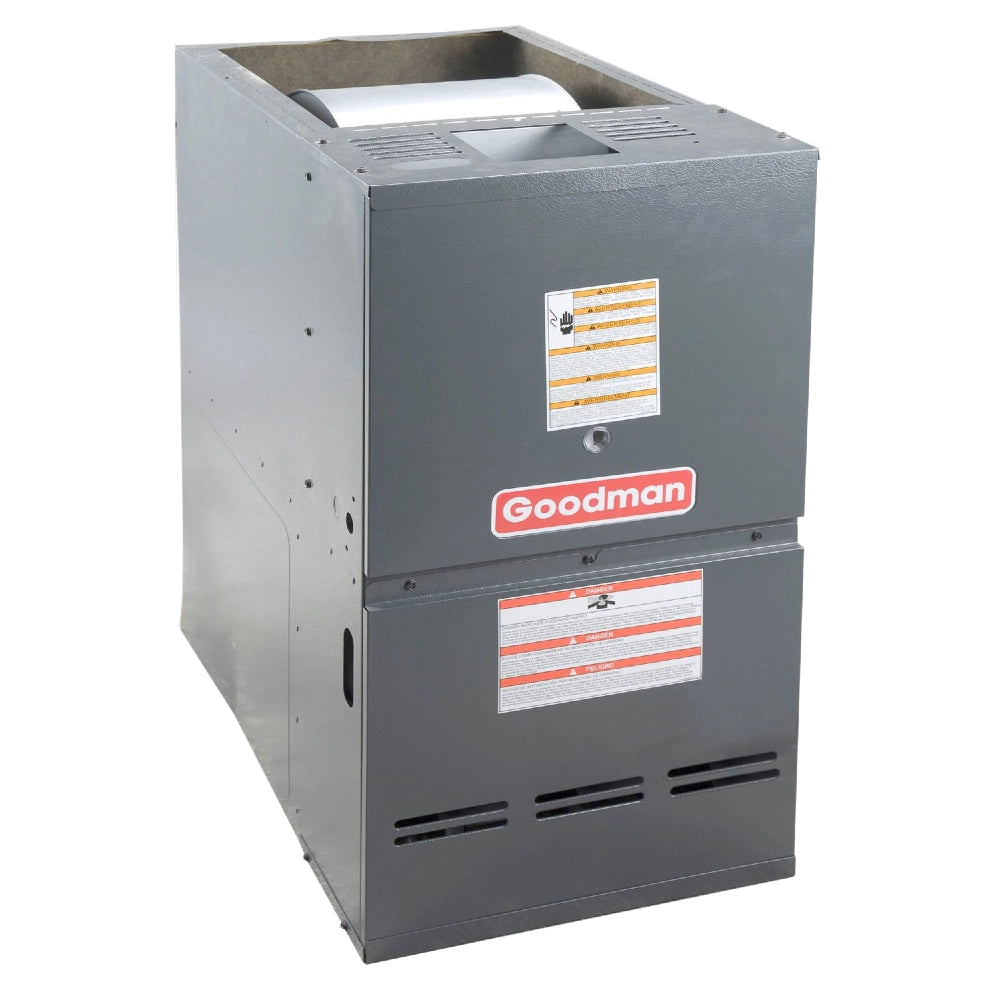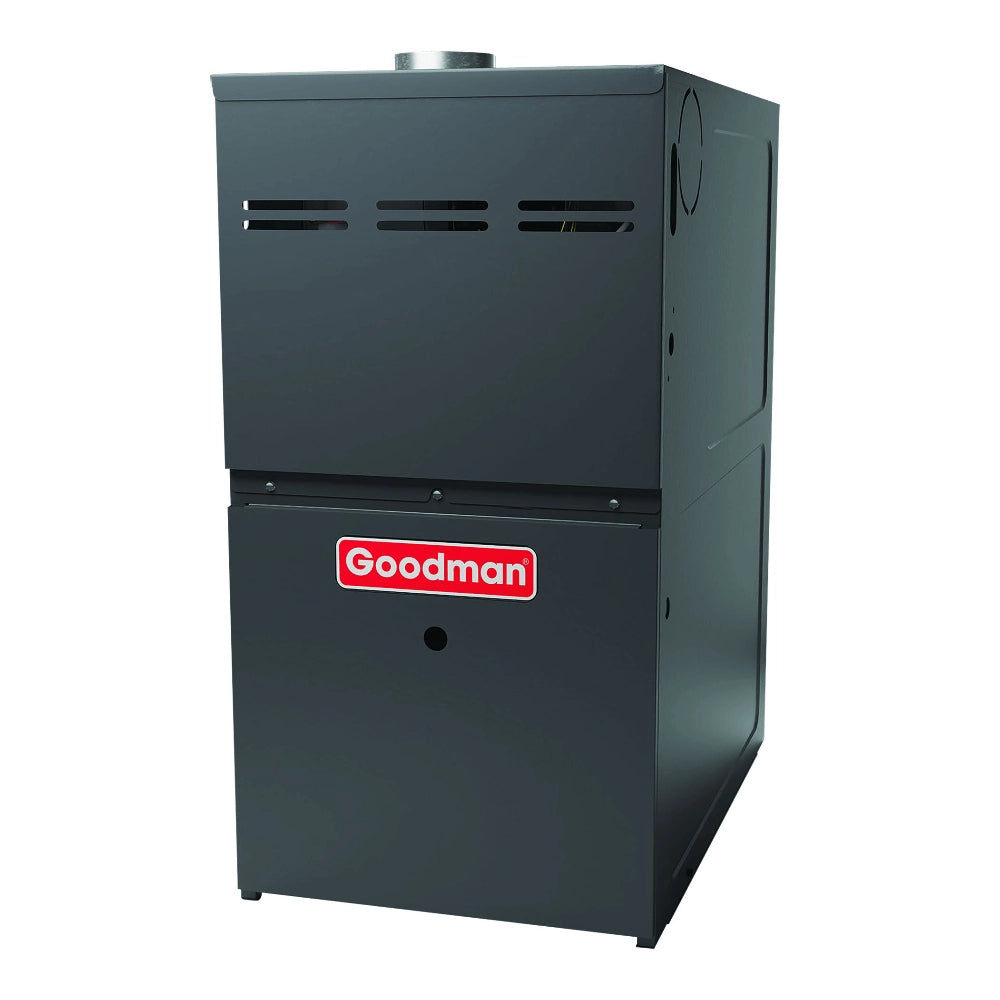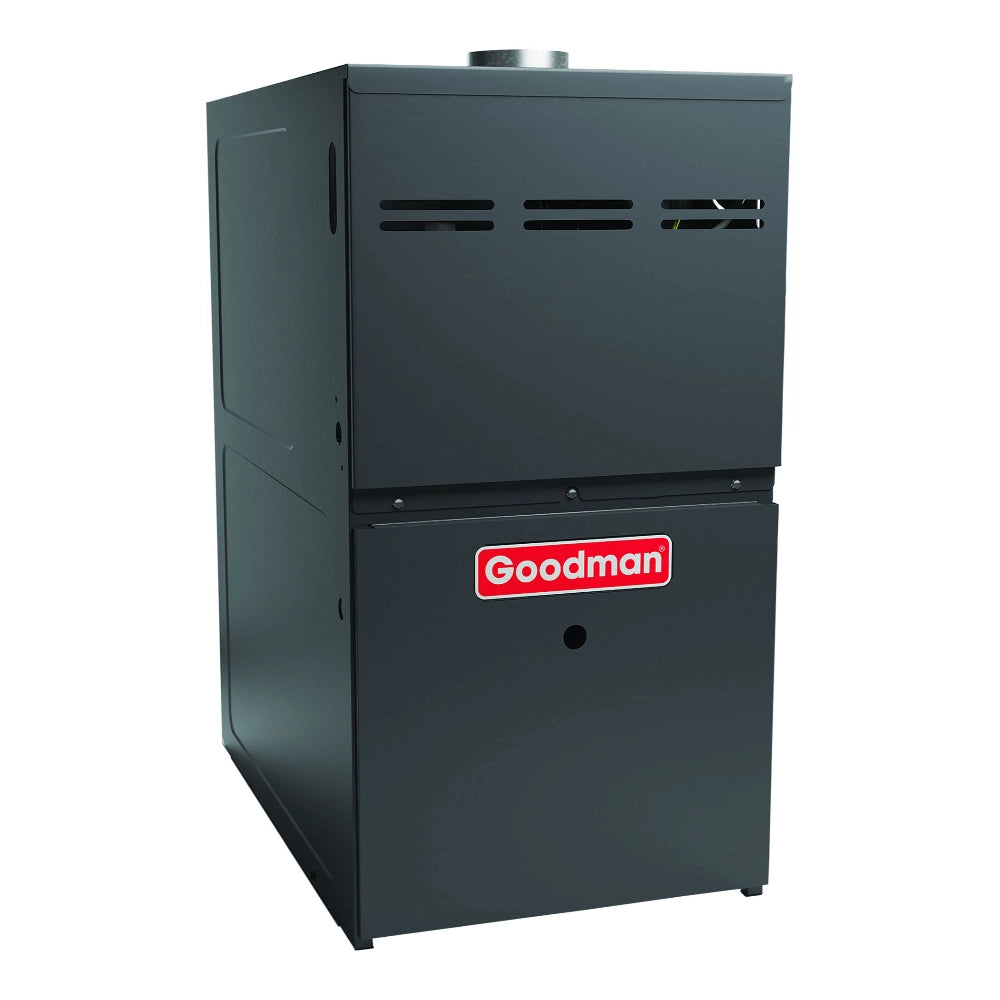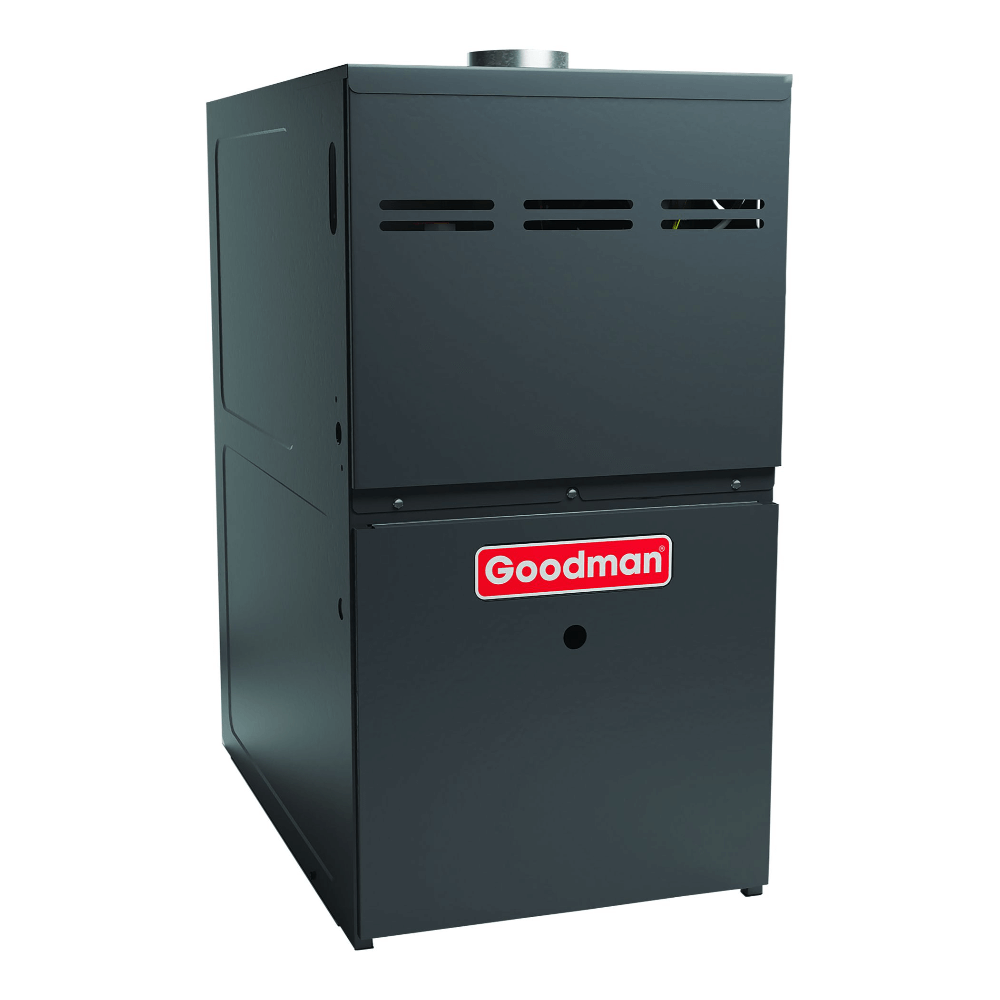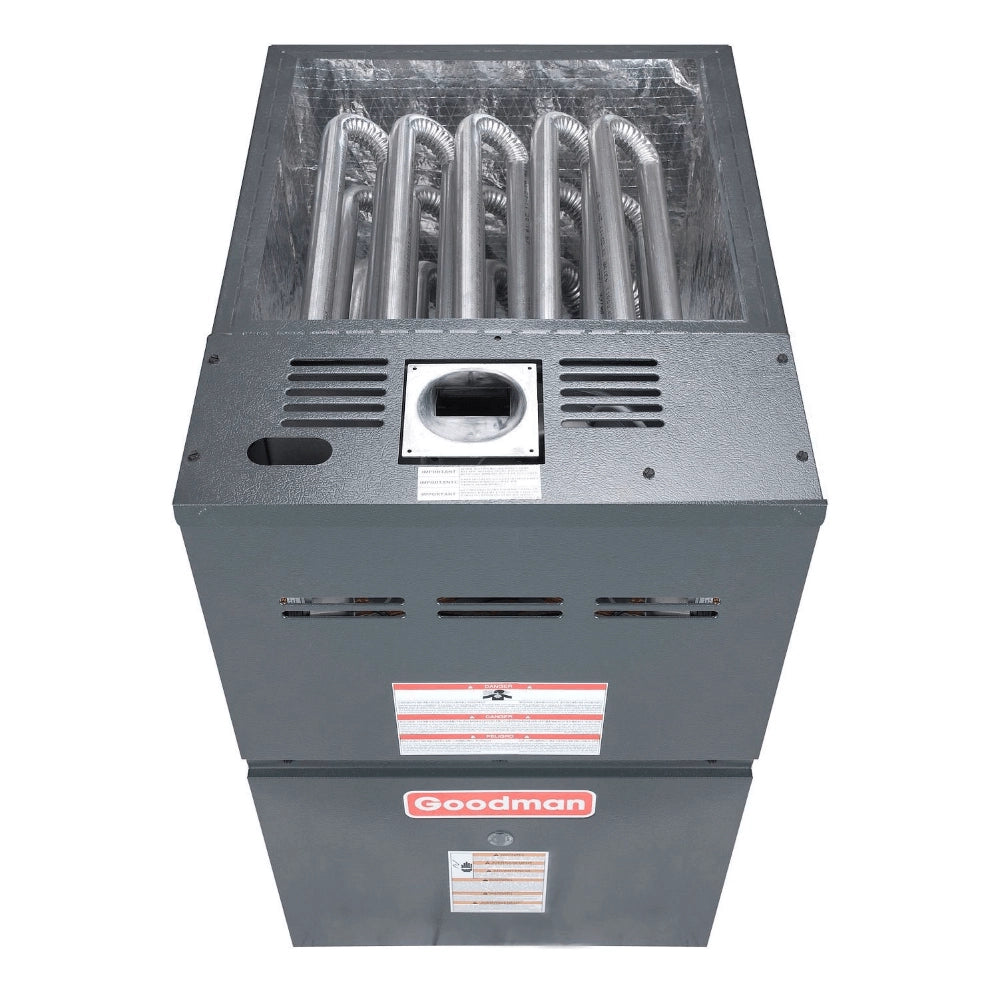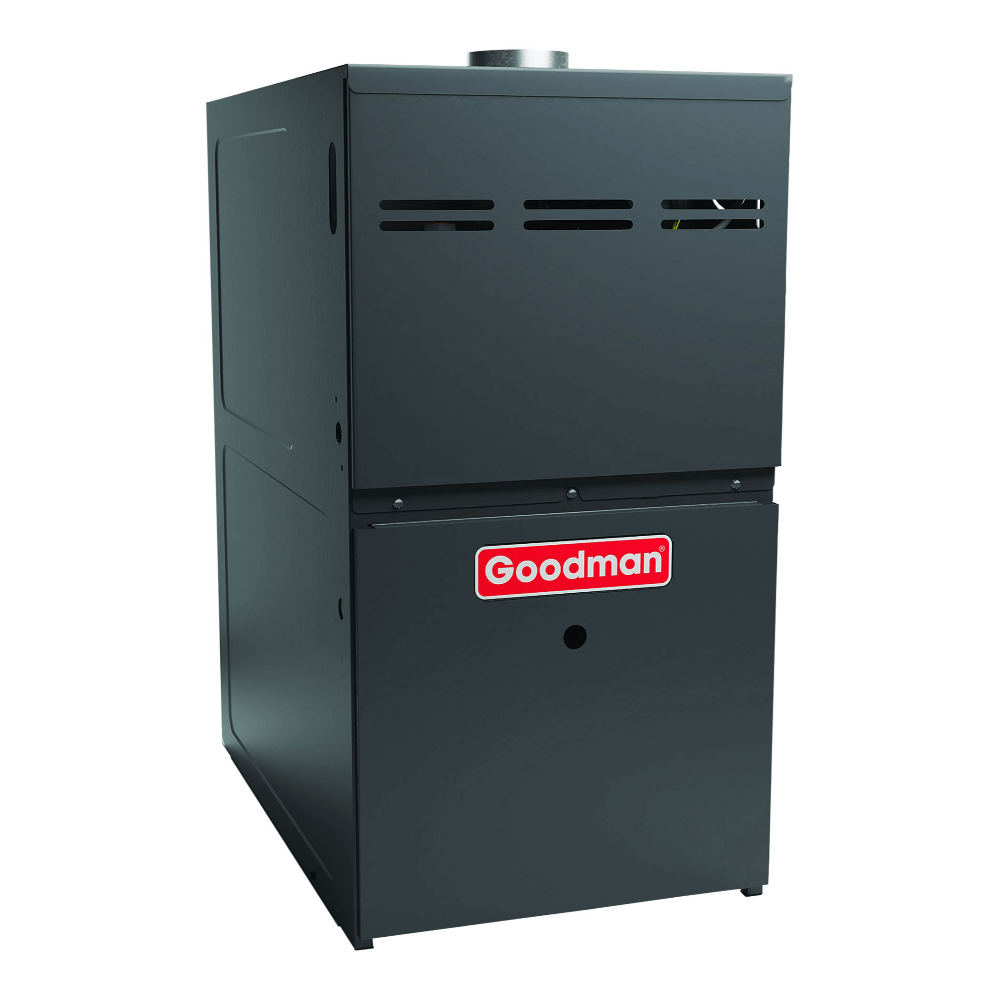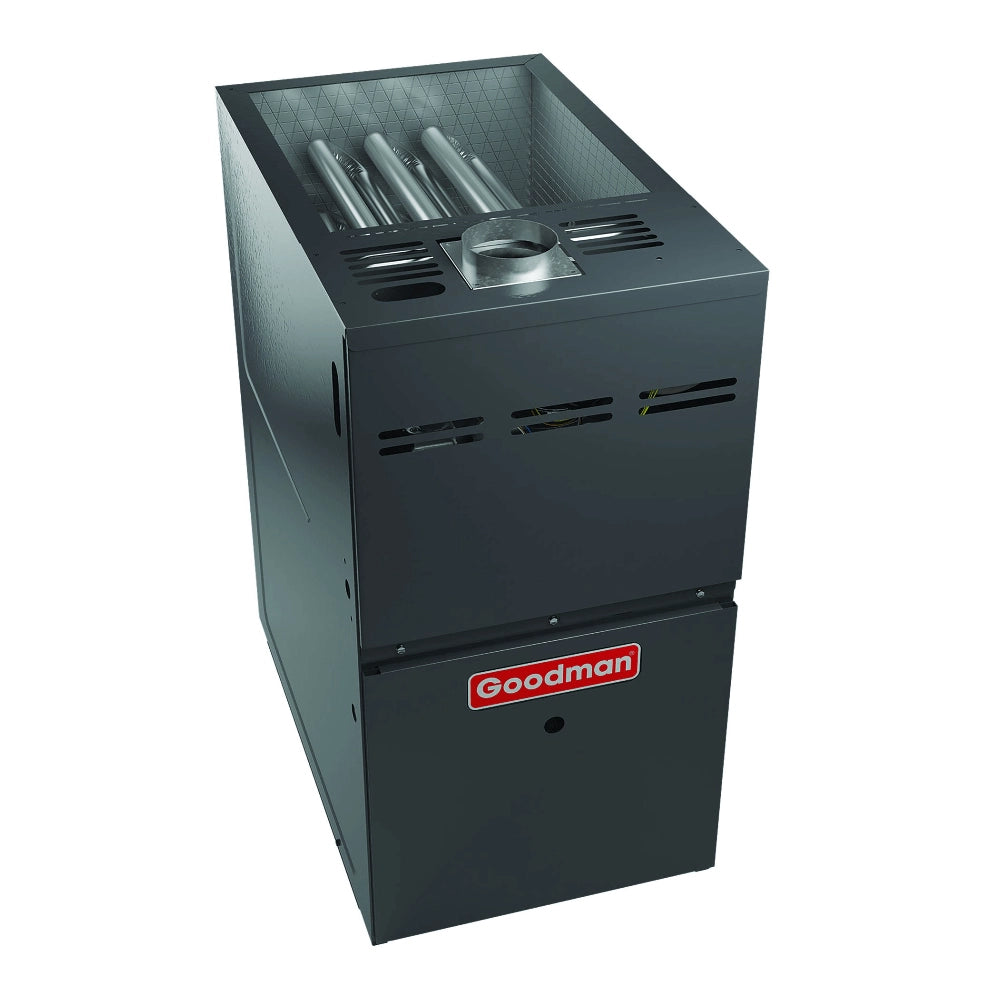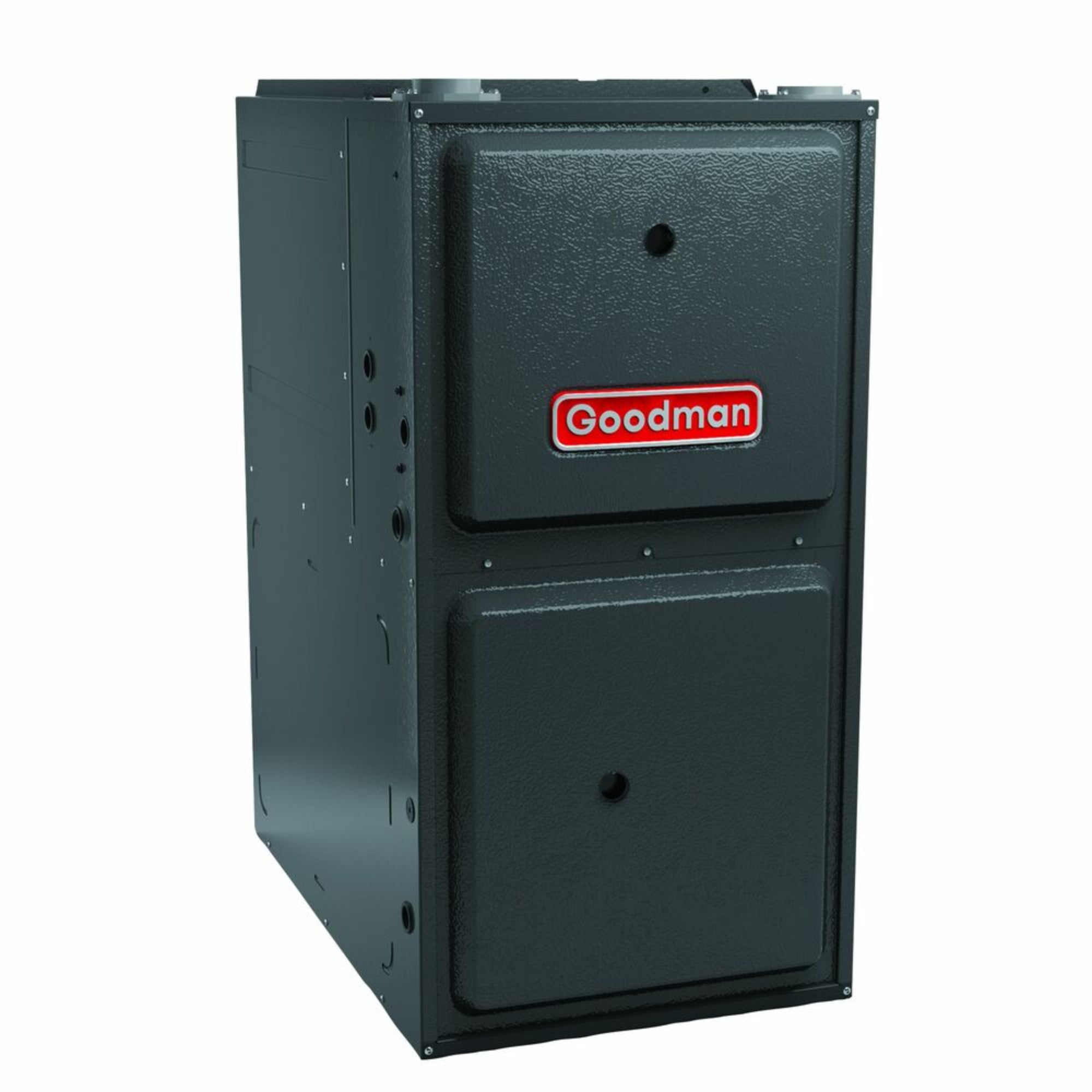Best 80,000 BTU Gas Furnaces
6 products
Showing 1 - 6 of 6 products
Understanding 80,000 BTU Gas Furnaces: A Comprehensive Guide
An 80,000 BTU gas furnace is an essential component for residential and light commercial heating systems, designed to provide consistent warmth and comfort during the colder months. The term BTU stands for British Thermal Unit, a measurement of thermal energy. In the case of an 80,000 BTU furnace, the unit is capable of delivering 80,000 BTUs of heat per hour, making it suitable for medium to large-sized homes, typically ranging from 1,600 to 2,400 square feet, depending on the climate and insulation quality.
Energy Efficiency Ratings: Understanding AFUE
One of the most important considerations when evaluating 80,000 BTU furnaces is their AFUE (Annual Fuel Utilization Efficiency) rating. The AFUE measures how efficiently a furnace converts fuel into usable heat. For instance, a furnace with an 80% AFUE rating will use 80% of the fuel to produce heat, while the remaining 20% is lost through the venting process. Alternatively, furnaces with 96% AFUE or higher are highly efficient, converting 96% or more of the fuel into heat, significantly reducing energy waste and utility bills.
An 80% AFUE furnace is a more basic, cost-effective option for homeowners who are looking for solid performance without the higher upfront cost of a high-efficiency model. However, a 96% AFUE furnace, while more expensive initially, offers long-term savings through reduced energy consumption.
Types of 80,000 BTU Gas Furnaces
Single-Stage Furnaces: A common feature of many 80,000 BTU gas furnaces is their single-stage operation. These furnaces operate at full capacity whenever they are running. While this provides sufficient heating, it may lead to slight temperature fluctuations. However, these units are reliable and cost-effective, making them an attractive option for homeowners on a budget.
Two-Stage Furnaces: More advanced models feature two-stage operation, where the furnace can operate at two levels—low and high. This allows the furnace to run at a lower capacity when the heating demand is minimal and shift to full capacity during colder weather. This ensures more consistent indoor temperatures and improved energy efficiency.
Installation Options: Upflow vs. Horizontal
Another consideration when selecting an 80,000 BTU gas furnace is the installation configuration. Most models offer upflow or horizontal installation options. Upflow furnaces are designed to push air upwards through the ducts, making them ideal for basements or closets. Horizontal furnaces, on the other hand, are installed on their sides and are often used in attics or crawl spaces with limited vertical clearance.
Key Components of an 80,000 BTU Gas Furnace
An ECM (Electronically Commutated Motor) blower motor is commonly found in modern gas furnaces, providing variable-speed operation that enhances comfort, reduces noise, and improves energy efficiency. This motor adjusts the blower speed based on the home’s heating needs, distributing air more evenly and efficiently.
The heat exchanger is another critical component, responsible for transferring heat from the combustion gases to the air that circulates through your home. High-quality heat exchangers, often made from aluminized steel, are built to withstand high temperatures and ensure long-term durability.
Thermostat Integration
Many 80,000 BTU furnaces come with thermostat compatibility, enabling homeowners to easily control their heating system. Advanced models can even integrate with smart thermostats, allowing remote temperature adjustments and energy monitoring via mobile apps. This provides enhanced convenience and the potential for further energy savings.
Conclusion
An 80,000 BTU gas furnace is a versatile and powerful heating solution, ideal for medium to large homes. With various efficiency ratings, installation configurations, and advanced features such as multi-speed blowers and smart thermostat compatibility, these furnaces can provide reliable comfort while reducing energy costs. When selecting the right furnace, homeowners should consider factors such as AFUE rating, single or two-stage operation, and installation options to find the best fit for their needs.
